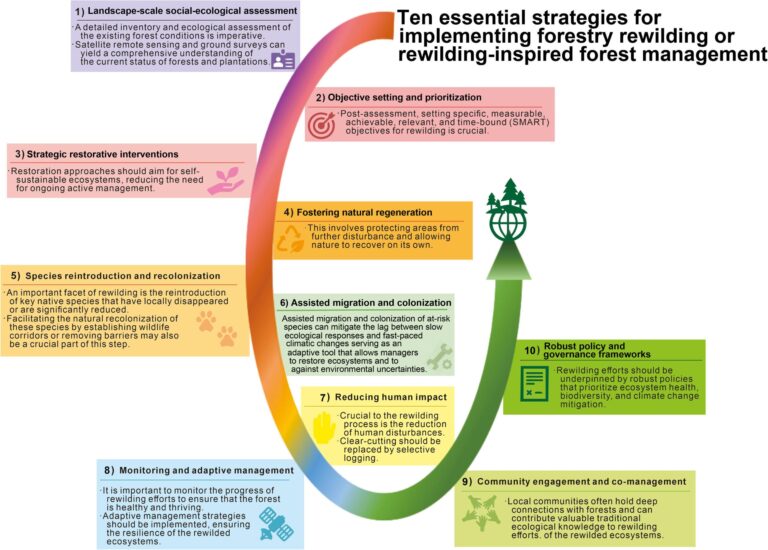Australia and Japan’s Hydrogen alliance: Balancing Aspirations with Realities
As the global community shifts towards sustainable energy solutions, the collaboration between Australia and Japan in the hydrogen sector emerges as a symbol of ambition and promise. Driven by escalating concerns regarding climate change and the pressing demand for cleaner energy alternatives, both countries are making significant investments in hydrogen technologies. This partnership not onyl seeks to bolster energy security but also aims to establish both nations as frontrunners in an increasingly competitive global hydrogen market. However, the path to achieving these goals is laden with challenges such as technological barriers, fluctuating market conditions, and international rivalry. In this article, we will explore the complexities of Australia and Japan’s hydrogen alliance by examining their strategies, challenges faced, and future outlook within this vital Asia-Pacific agreement.
Analyzing the Strategic Structure of Australia and Japan’s hydrogen Alliance
As countries worldwide focus on renewable energy sources, Australia’s partnership with Japan in hydrogen represents a crucial advancement in international energy cooperation. Both nations are motivated by an urgent need to combat climate change while reducing greenhouse gas emissions. This strategic framework underscores shared goals alongside a commitment to innovation aimed at developing a comprehensive hydrogen supply chain that promotes economic growth alongside sustainable practices. Key areas of collaboration include:
- Research & Growth: Collaborative funding for technologies that improve hydrogen production methods and infrastructure.
- Regulatory Synchronization: Initiatives aimed at aligning regulations between both countries to facilitate smoother integration of hydrogen into existing energy frameworks.
- Market Development: Strategies focused on identifying new markets for exporting hydrogen while targeting regions with high clean energy demands.
This partnership has been reinforced through several key initiatives designed to enhance the role of hydrogen as a essential element in future energy strategies. Recent agreements have led to various projects intended for large-scale production and transportation of hydrogen from Australia to Japan. A notable outcome is the establishment of a Hydrogen Trade Roadmap, which delineates steps including:
| Stage | Description | Aim |
|---|---|---|
| Stage 1 | Carries out feasibility studies on potential sites for producing hydrogen. | Delineate optimal locations along with suitable technologies. |
| Stage 2 | Pioneering pilot projects focused on producing green hydrogen. | Elicit responses regarding logistics efficiency from markets. |
Evaluating Technological Advancements & Investment Potential in Hydrogen Industry
The landscape surrounding hydrogens is undergoing significant transformation as Australia collaborates closely with Japan aiming at harnessing technological advancements that could reshape global energy paradigms.Both nations have allocated considerable resources toward research initiatives focusing on eco-amiable methods for producing, storing, transporting—and utilizing—hydrogen effectively within their economies.This strategic alliance not only strives toward enhancing national security but also positions them favorably within what could be an immensely profitable global market centered around clean fuels like green ammonia or liquid organic hydrides (LOHC). Noteworthy innovations include:
- Catalytic Electrolysis Improvements:The development of more efficient electrolyzers capable of extracting greater amounts from water sources using less power input than before.
- Sustainable Production Techniques: methods leveraging renewable energies such solar or wind power systems designed specifically produce low-carbon footprint outputs.
- Fuel Cell Technology Enhancements:Advances made towards fuel cells applicable across transport sectors ranging cars trucks ships etc., increasing overall efficiency rates substantially compared previous generations.
- Storage Innovations:Breakthroughs achieved concerning solid-state versus liquid storage options allowing safer longer-term retention capabilities without compromising quality integrity over time periods exceeding years .
The investment landscape surrounding this sector presents vast opportunities essential not just economically but environmentally too; meeting aspiring climate targets set forth requires considerable financial backing directed towards joint ventures facilitating necessary infrastructure developments underpinning robust economies reliant upon alternative fuels like those derived from H₂O molecules! Government incentives play pivotal roles attracting private capital ensuring favorable environments conducive fostering growth among startups established firms alike! Here’s an overview highlighting current investment trends :
Investment Area Expected ROI Stakeholder Engagement
Sustainable Production techniques
High
Government CorporationsTransport Infrastructure
Medium High Logistics Companies InvestorsR&D Innovation Centers Variable Academia Startups Tackling Obstacles & policy Suggestions Towards Sustainable Hydrogen future  ​ ​ ​ ​ ​ ​ ​ ​ ​ ​ ​​​​ ​​​​ ​​​​ ​​​​ ​​​​ ​​​​                     Â
The pursuit undertaken jointly by both parties necessitates addressing numerous hurdles encountered en route achieving envisioned outcomes; primary issues revolve around establishing reliable infrastructures supporting all facets related production storage distribution whilst ensuring affordability accessibility associated tech solutions available consumers alike! furthermore regulatory harmonization remains critical enabling seamless interactions despite differing legal frameworks governing respective territories involved here ! To mitigate these challenges effectively consider implementing following measures :
- Pursuing enhanced public-private partnerships driving investments into necessary infrastructures required support burgeoning industries emerging around Hâ‚‚O based fuels .
- Implementing government-backed incentives promoting R&D efforts targeting innovative breakthroughs improving overall performance metrics across board .
- Creating consistent regulatory structures easing transnational collaborations fostering trust mutual understanding amongst stakeholders engaged throughout process !</ li>
A comprehensive policy framework should prioritize nurturing environments conducive innovation while emphasizing ecological sustainability principles guiding decision-making processes moving forward ! For instance introducing certification schemes verifying authenticity claims made suppliers would enhance openness build consumer confidence ultimately leading increased adoption rates among end-users seeking greener alternatives available marketplace today ! Additionally collaborative research initiatives can expedite progress sharing best practices lessons learned between partners involved paving way smoother transitions ahead benefiting all parties concerned long run too!
In Summary
As australia joins forces alongside its Japanese counterpart navigating uncharted waters pursuing ambitious objectives laid forth earlier , it becomes evident pathway ahead fraught numerous obstacles requiring careful navigation balancing aspirations realities encountered daily basis . The synergy created through this bilateral relationship showcases commitment shared values underpinning sustainable development principles guiding actions taken thus far ; however complexities inherent managing diverse aspects ranging technology economics regulations cannot overlooked either if true success desired ultimately achieved down line eventually ! As world collectively embraces decarbonization efforts outcomes stemming directly resulting endeavors observed closely likely setting precedents future collaborations similar nature occurring elsewhere globally beyond just Asia Pacific region alone where they operate currently together now too … Success realized here may redefine notions surrounding traditional concepts relating security obligations environmental stewardship shaping entire landscapes revolving around emerging economies built upon foundations rooted firmly within realms associated clean energies produced sustainably over time frames extending decades even centuries potentially speaking broadly speaking indeed !!
- Fuel Cell Technology Enhancements:Advances made towards fuel cells applicable across transport sectors ranging cars trucks ships etc., increasing overall efficiency rates substantially compared previous generations.




